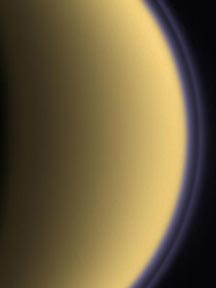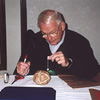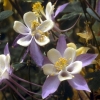This picture from NASA's Cassini spacecraft shows Titan's atmosphere. The moon's atmosphere has a layer of haze high above Titan's surface. The haze layer, shown here in purple, can be seen along the edge of the moon.
Click on image for full size
Image courtesy NASA/JPL/Space Science Institute.
The Atmosphere of Titan
The atmosphere of Titan is made mostly of nitrogen (80-90%), just like the
Earth's atmosphere! Titan is the only other place in the solar system with
an atmosphere made out of the same thing as the Earth's. Titan's atmosphere
is very dense, and the air pressure at the surface is even higher than Earth's
atmospheric pressure.
Titan also has some methane in its air. Sunlight breaks down the methane and
forms other chemicals, too. Those chemicals create layers of haze or smog in
Titan's atmosphere. We can't see through those smog layers, so the new pictures
from the Huygens probe are our first good look at Titan's
surface.
Titan is very cold (-178º C or -288º F). Methane, which is a gas on Earth, turns to liquid in many places on Titan. The Cassini spacecraft has spotted clouds of methane and ethane in Titan's atmosphere. The clouds are near Titan's poles. There is probably even methane and/or ethane
rain and snow on Titan. This
picture shows what the different parts of Titan's atmosphere
might be like.
You might also be interested in:
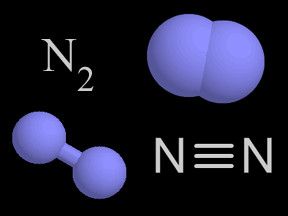
There is more nitrogen gas in the air than any other kind of gas. About 4/5ths of Earth's atmosphere is nitrogen gas! A molecule of nitrogen gas is made up of two nitrogen atoms. There are other molecules
...more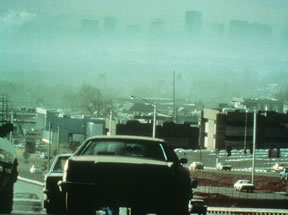
Smog is a type of air pollution. Smog is a mixture of smoke and fog. Smog usually forms when smoke from pollution mixes with fog. For example, London, England, is often very foggy. Most people in London
...more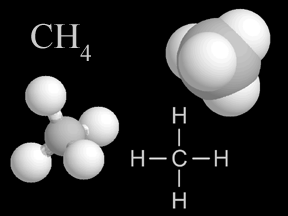
Methane is a kind of gas. There is a small amount of methane in the air you breathe. A methane molecule has carbon and hydrogen atoms in it. Methane is a greenhouse gas. That means it helps make Earth
...more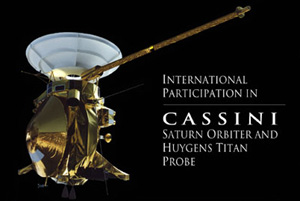
A spacecraft named Cassini will study the planet Saturn for several years. Cassini blasted off from Earth in October 1997. After flying past Venus, Earth, and Jupiter, Cassini finally arrived at Saturn
...more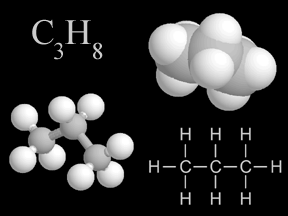
There is a group of chemicals called hydrocarbons. The molecules of hydrocarbons are made of hydrogen and carbon atoms. Most kinds of fuel have hydrocarbons in them. Hydrocarbons store energy. Coal, oil,
...more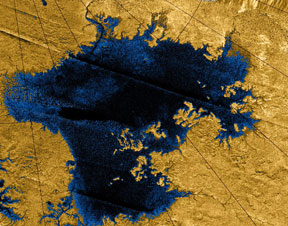
Titan is the largest moon of Saturn. It is the second largest moon in the whole Solar System. Titan is the only moon with a thick atmosphere. Titan's poles are interesting places. Scientists have discovered
...more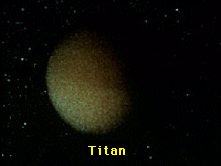
Titan's atmosphere is a lot like the Earth's, except that it is very cold, from -330 degrees to -290 degrees! Like the Earth, there is a lot of Nitrogen and other complex molecules. There also may be an
...more


